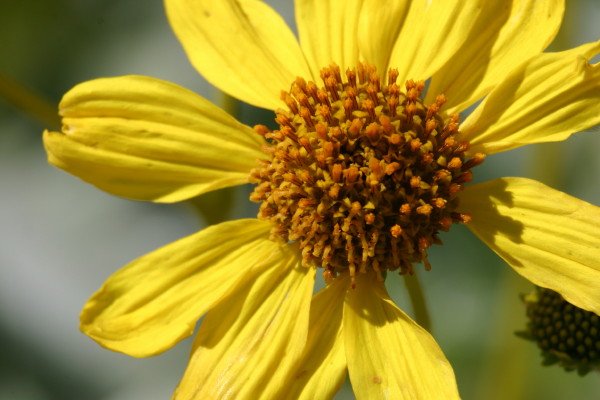Tom
Administrator
- Joined
- Jan 13, 2005
- Posts
- 51,897
I'm so used to click-clicking away with either of my cameras that I rarely think of the impact of resolution or compression. As a result, my photos are OK for emailing and generally reminding us where we've been. But, having seen some of the photos that Ron Marabito, Jim Dick, and others have taken, I'm starting to think that I should change my ways. What I undestand folks to be doing is:
My questions are:
TIA
- Shoot at the highest resolution of the camera.
- Save in raw format.
- Upload to PC in raw format and make a copy for editing.
My questions are:
- Is this right, or is there some intermediate format?
- What resolution are you using?
- How much memory does your camera have?
- Which photo editing software do you use?
- Which format do you use to save the edited photo?
- Do you always use a tripod, even if your camera has image stabilization?
TIA

